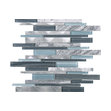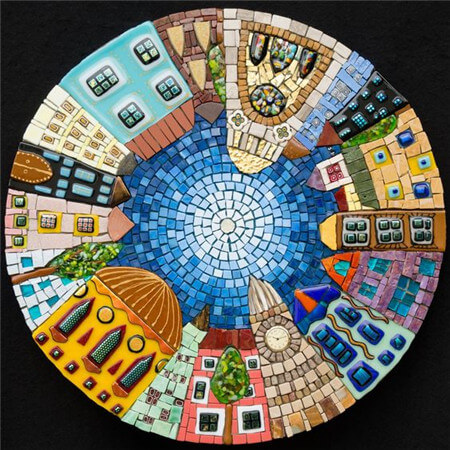

Metapixel has several optional flags you can use to tweak the output. Metapixel can generate JPEG or PNG output, depending on the output file name you provide. The –library flag should designate a directory of tiles preprocessed by metapixel-prepare the ability to maintain multiple such directories allows you more flexibility in building your mosaics. You can create a basic mosaic with metapixel –library= destinationdirectory –metapixel inputimage.jpg outputimage.jpg. The –recurse flag is optional, as are –width and –height without them metapixel-prepare will create 128×128 tiles. This will scan through sourcedirectory (recursively), and generate n-by-m tile images for each image it finds, saving them to destinationdirectory. The complete syntax is metapixel-prepare –width= n –height= m –recurse sourcedirectory destinationdirectory. Metapixel requires Perl for its image preparation step.īefore you can create a mosaic, you must run metapixel-prepare to prepare a batch of source images. But as with Pixelize, many modern Linux distros ship Metapixel, so see if you can use an official package if you are not interested in compiling your own binary.
#POPULAR PHOTO MOSAIC CODE#
Source code as well as Fedora RPMs are available.
#POPULAR PHOTO MOSAIC DOWNLOAD#
The latest release is version 1.0.2, which you can download from the project’s site. Metapixel is a command-line-only tool, but it offers more flexibility in mosaic creation than does Pixelize. If you like what you see, choose File -> Save. Once you are ready, choose Options -> Render, and Pixelize will generate your mosaic, drawing it on top of the original image in the main window. If you have a very small set of source images, Pixelize will have to use each several times this parameter allows you to space them further apart to make them less visible. The only other option to worry about is the proximity of duplicates.

You can specify either the number of images to use in each row and column of the mosaic, or the size to make each mosaic tile - changing either factor automatically adjusts the other. Up will pop an empty window choose File -> Open to select the picture from which you want to create a mosaic.Ĭhoose Options -> Options to adjust the program’s parameters. Once you are ready, launch the GUI with pixelize &. The utility cannot descend into other directories recursively, so you will have to execute make_db multiple times if you store your images in multiple locations. Just run make_db somedirectory/*, and make_db will index all of the image files within somedirectory. You must run make_db at least once before you run pixelize in order to populate the database of source images from which the app will tile your mosaic. The package includes two programs: the GUI front end pixelize, and the command-line back end make_db. The latest version is 0.9.2, and does not have any unusual package prerequisites. You can download source code from the project’s Web page, but check your Linux distribution’s package management system first - many distros include Pixelize. You won’t be able to use your favorite file selection widget, either, which can be frustrating - the GTK1 file selector does not remember the last directory you visited, and it does not provide thumbnail previews of image files. Pixelize is the oldest of the three apps it uses GTK1 for its interface, which may make it stand out from your other desktop applications. We compared three easy-to-use Linux-based utilities for generating photo mosaics - Pixelize, Metapixel, and Imosaic - on speed, quality, and other factors. They can be a fun project and make good use of the hundreds of less-than-extraordinary photos on your hard drive. Photo mosaics are recreations of one large image composed of tiny tiles of other smaller images.


 0 kommentar(er)
0 kommentar(er)
